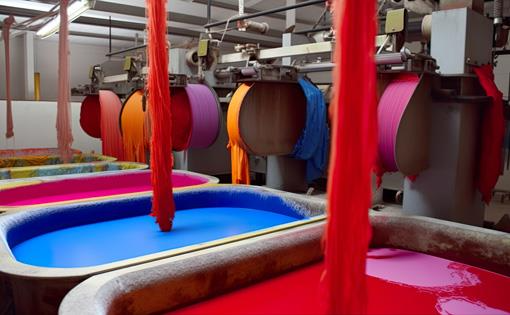
The synthetic dyes market is experiencing significant evolution, driven by a variety of industries that depend on colorants for their products. As demand continues to grow across sectors such as textiles, food, and cosmetics, it becomes essential for stakeholders to understand the prevailing trends and future forecasts. This article explores the current landscape of the synthetic dyes market, providing insights into market trends, analysis, expert opinions, and future predictions.
Market Overview
Synthetic dyes, derived from synthetic sources primarily based on petroleum, are utilized in a wide array of applications, including textiles, plastics, cosmetics, and food. In 2023, the global synthetic dyes market is Projected to Reach USD 9.1 billion by 2029, at a CAGR of 5.0% From USD 7.1 billion In 2024, This growth is largely attributed to the increasing need for vibrant and high-performance dyes across various applications.
Key Trends Influencing the Synthetic Dyes Market
- Sustainability Focus: The synthetic dyes sector is witnessing a growing emphasis on sustainability as environmental concerns rise. Manufacturers are investing in eco-friendly dyeing methods and developing bio-based dyes to meet the demands of environmentally conscious consumers. Innovations such as waterless dyeing technologies are becoming increasingly popular.
- Expansion of the Textile Sector: The textile industry is the largest consumer of synthetic dyes. Following the recovery of fashion and textile production after the pandemic, the demand for synthetic dyes has surged. The rapid production cycles associated with fast fashion require a constant supply of vibrant fabrics, fueling market growth.
- Growth in the Food and Beverage Industry: The food and beverage sector is increasingly employing synthetic dyes to enhance product appearance. As consumers become more particular about the aesthetics of food products, the demand for consistent and vibrant colors is expected to rise, driving market growth.
- Advancements in Digital Printing: The advent of digital printing technology is transforming the application of synthetic dyes, particularly in textiles. This technology allows for intricate designs and customization, leading to an increased need for specialized synthetic dyes tailored for specific printing techniques.
- Evolving Regulatory Standards: Regulatory bodies globally are tightening rules concerning synthetic dye usage, especially in food and textiles. This evolving landscape compels manufacturers to innovate and produce dyes that are not only effective but also comply with safety standards.
Market Analysis
The synthetic dyes market is highly competitive, dominated by major players such as BASF SE, Huntsman International LLC, Clariant AG, and DyStar Group. Companies are engaged in rigorous research and development (R&D) efforts to enhance their product offerings and capture a larger share of the market.
Regional Insights: The Asia-Pacific region leads the market, accounting for nearly 45% of the global synthetic dyes consumption. This dominance is largely due to the robust textile manufacturing capabilities in countries like China, India, and Bangladesh. Europe and North America are also significant markets, driven by stringent regulations that promote sustainable practices alongside high-quality dye demands.
Market Share and Competitive Landscape
The competitive environment of the synthetic dyes market is marked by strategic collaborations, mergers, and acquisitions aimed at expanding product portfolios and geographic reach. For instance, BASF has significantly invested in the development of sustainable dye solutions, positioning itself as a pioneer in eco-friendly products. Likewise, Clariant has introduced a variety of natural and organic dyes to address the rising demand for sustainable alternatives.
Expert Insights
Industry experts highlight the importance of innovation in the synthetic dyes market. Dr. Emily Chen, a leading expert in dye chemistry, asserts, “The future of synthetic dyes hinges on achieving a balance between performance and sustainability. Companies that prioritize eco-friendly methods while delivering high-quality products will likely lead the market.” As consumer preferences shift towards transparency and sustainability, brands that effectively communicate their sourcing and production pro`cesses are expected to gain a competitive advantage.
Future Outlook
Looking ahead, the synthetic dyes market is well-positioned for substantial growth. Ongoing advancements in dye technology, coupled with an increasing emphasis on sustainability, will continue to drive market evolution. Stakeholders are encouraged to embrace these changes by investing in sustainable practices and innovative solutions to maintain relevance in this competitive landscape.
The synthetic dyes market is a vibrant and essential component of the global economy, influenced by diverse applications and evolving consumer preferences. As sustainability becomes a key focus, the industry must adapt and innovate to navigate the challenges and opportunities that lie ahead.

